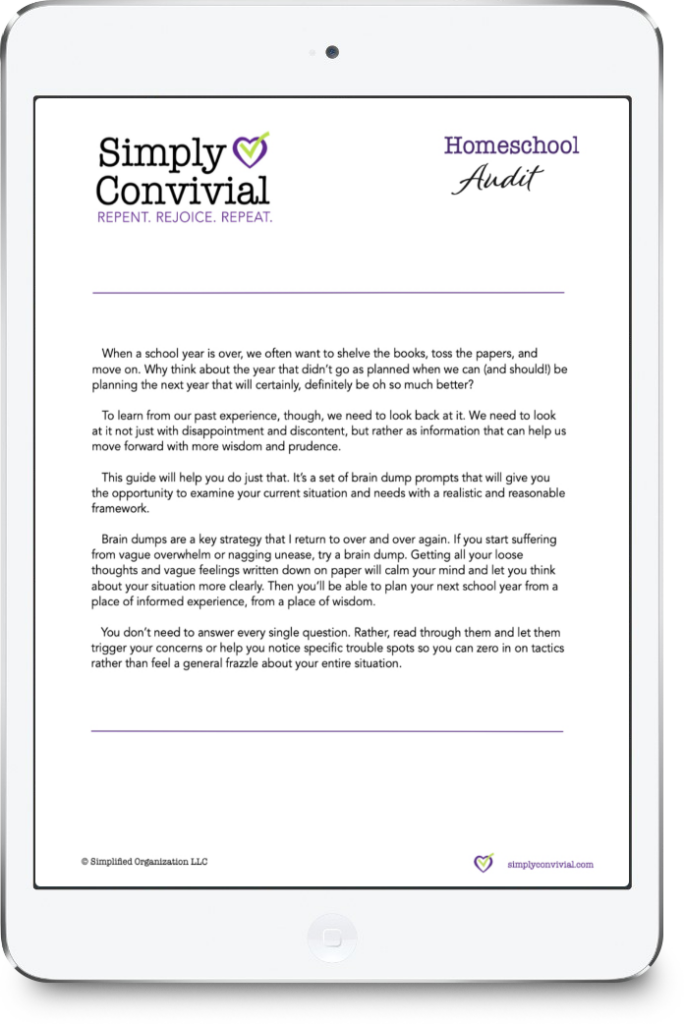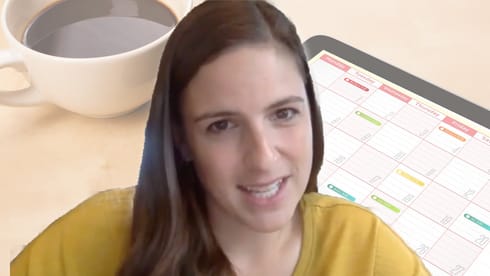Teaching a Child to Walk, to Use the Bathroom, and to Read
My third-born child just turned 5 last week and my fourth-born will be 3 next month. I am in my second round of pre-k now, and although I have a plan, it doesn’t resemble a conventional preschool or kindergarten scope and sequence or curriculum.
I liken the pre- and beginning-reading years to the pre- and beginning walking of an infant or pre- and beginning-potty training. If you wait, it will be easier.
In three years, there will be no difference whatsoever between those who walked late, potty trained late, or even learned to read late, assuming the reason any of these happened late was not due to disabilities or other deeper issues.
The baby who walks at 17 months grows into the 3-year-old on the playground, keeping up just fine with the child who has been walking since she was 8 months. Pretty much all 5-year-olds are potty-trained, and there’s no difference in skills correlated to who learned earliest or latest.
You can work and work and work with an infant, helping them walk, and maybe that will get them walking a few weeks earlier than they would have. You can work and work and work with a toddler, teaching them to use the bathroom. For your pains, you clean up a bucket load more messes and are probably not really done training for months.
Similarly, you can work and work and work to teach a three or four or five year old to read and that child might – might – learn to decode earlier than he would have otherwise, but real fluency in reading will likely still be delayed, and in the meantime you have to keep working at it, wondering if you’re doing something wrong, just like the potty-trained 18-month-old is unlikely to be able to be “fluent” and independent in using the bathroom and keeping her underwear dry for several more months, if not a year.
Now, of course most children need some encouragement and finger-holding to learn to walk. But some take off on their own out of the blue. Most children need to be trained about the whole process of elimination control and niceties like washing their hands.
Sometimes, however, a child will practically train themselves. And, while some children do begin reading seemingly without teaching, that’s not typically the case. Most children do need instruction – a lot of instruction – in phonics and reading. I’m not saying they don’t.
I’m not saying we should wait and keep hands off the entire process and eventually our children will walk, use the bathroom, and read without any effort on our part. I’m just saying you’re probably wasting your energy and concern and time if you start before they are ready.
Working with a baby to walk across the room before they are cruising furniture is silly. In potty training, everyone knows to watch for the signs of readiness. Turning 2 (or even 3) is not an automatic “ready” switch. Just so, turning 5 or even 6 is not an automatic “ready” switch for reading.
As a mother-teacher, you are uniquely placed to watch for those signs of readiness, to seize teachable moments and flickers of interest, to introduce the concepts gently and see if they are met with understanding or not.
There is so much to learning developmentally-based skills: desire, motivation, ability to control oneself in a new way, comprehension of a new facet of life. If we wait for readiness and cultivate that readiness when it comes – whenever it comes – we’ll be going with the grain of our individual student rather than against it.
And, if there are no signs of readiness when we think there really should be, we can attempt it and see if those readiness skills and aptitudes were just hidden. And, if there’s frustration, we can back off, knowing the time will come and we can be patient.
It is not a race. It is not a competition.
And I really don’t want to potty train again.

HOMESCHOOL AUDIT
Make next year better based on how this year went.
Download the free homeschool audit and use this year’s experience to make next year better.


